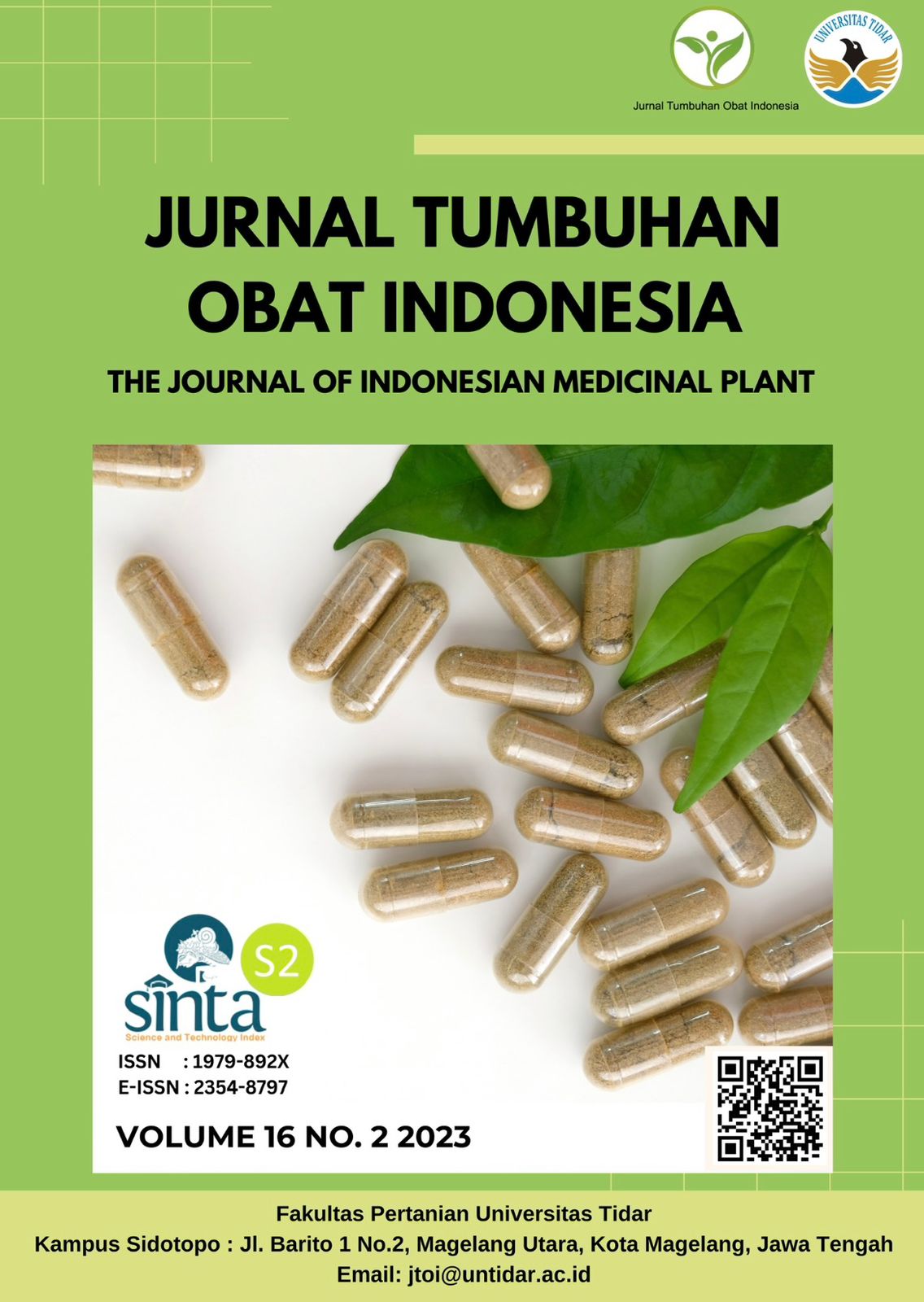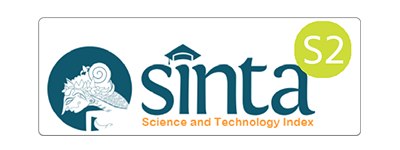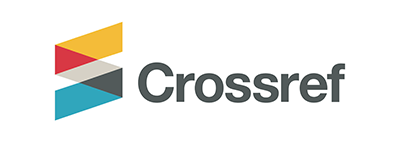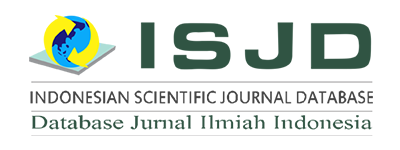Morphology Profile, Anatomy and Phytochemistry of Beluntas Leaves (Pluchea indica)
Profil Morfologi dan Anatomi dari Daun Beluntas (Pluchea Indica) serta Perbedaan Profil Kandungan Kimia dari Daun Beluntas pada Kondisi Geografis yang Berbeda
DOI:
https://doi.org/10.31002/jtoi.v16i2.885Keywords:
Beluntas, morfologi, anatomi, kandungan kimia, kondisi geografisAbstract
Beluntas (Pluchea indica), is one of species in Asteraceae family, traditionally used to increase appetite, to treat indigestion, rheumatism and body odor problems. This study aims to provide morphological and anatomical profiles of Beluntas leaves which are often used in medicine, to determine the chemical content of Beluntas leaves using phytochemical screening tests and thin layer chromatografic profiles, and also to determine flavonoids, polyphenols and alkaloids contents. The observation results showed Beluntas leaves are an oval leaf shape with pinnate leaf reinforcement. Anatomical observation of the leaves, found that the leaf type is equifacial with collateral vascular bundles, the presence of non glandulair multicellular trichomes with constricted in the cross wall, papillae and glandular Compositae trichomes. Tube method results and thin layer chromatography profiles showed Beluntas leaves contained polyphenols, saponins, alkaloids, flavonoids, steroids and essential oils. The chromatogram profile with infrared spectrophotometry shows the wave numbers in the fingerprint region 1515 – 1516, 1259 – 1260, 1159 – 1162, 1112 – 1115, 1046 – 1048, 811 – 812, 505 – 506 and 452 – 454 cm-1. The total amounts of polyphenols, flavonoid and alkaloid contained in Beluntas leaves were 3.1 - 7.7% w/w, 0.5 - 1.2% w/w and 0.03 – 0.08% w/w, respectively.
Downloads









